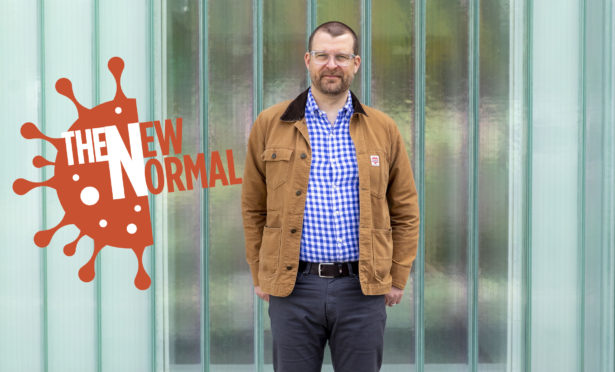
Our New Normal series looks at how Scotland could transform after the pandemic. This week, we focus on our health service.
Colin Briggs has worked in NHS organisations across Scotland and England, and at the Scottish government.
He is director of strategic planning at NHS Lothian, Scotland’s second biggest health board. He is also chairman of NHS Scotland’s Directors of Planning.
During the pandemic he worked on care home testing, the establishment of Test and Protect and mass vaccination.
His current projects include developing NHS Lothian’s strategy to incorporate learning from the pandemic.
As the coronavirus pandemic eases, and life begins to return to normal, the NHS in Scotland is going to face some enormous challenges.
There will be an upsurge in critical illnesses which have gone undetected during lockdown as patients avoided check-ups, partly because of fear of exposure to Covid-19 and because they didn’t want to bother the NHS mid-pandemic. There is also a backlog of non-critical, but important, procedures such as hip and knee replacements that are ever more pressing as time passes. Combine this with a tired workforce, due to Covid and staff shortages, and we are talking longer waiting times for the foreseeable future.
But coronavirus has also wrought important changes that might otherwise have taken years to implement. It has forced a traditionally conservative organisation to adopt new technology and practices, allowing it to become more streamlined and responsive.
While some patients are keen to return to more face-to-face contact, Colin Briggs believes embracing tele-medicine – the practice of caring for patients remotely – is going to be vital, not only to maximise limited resources but also to empower patients to take greater control of their own conditions.
He believes this cultural shift would make access to healthcare easier for those with busy lives. “I don’t know what happens if you try to phone your GP surgery, or get some advice from your GP surgery,” Briggs says. “But before the pandemic, for most people, it was: phone up at 8am on a Monday morning and it felt like, if you phoned at seven seconds past eight, then all of the appointments for the week had gone.
“Then – if you do get an appointment – you have to go to your practice and sit in the waiting room with other sick people. This isn’t because GPs don’t do a great job – it’s that we had a one-size-fits-all model.”
It is the same with outpatient appointments. “Those of us providing the service sometimes forget what it’s like for people coming to hospitals because we’re so used to them. But they can be scary and impersonal,” he says. “You get an appointment for dermatology to get a mole looked at. That makes you anxious. You take the day off work and drive 40 minutes to a hospital. Once there, the people you see may be lovely, but the clinic runs late. You have just a little time with the doctor and you don’t really understand what you are told so you have to phone your GP later in the week to have it explained to you. It’s more work for everyone and doesn’t help the person who is scared about what it all means.”
With patients discouraged from going to their surgeries during Covid, more appointments were carried out via telephone, Zoom or Teams, with only those which required actual physical examinations carried out in person.
Briggs says that far from reverting to old practices, the NHS should build on this and points to the growth in tele-medicine in the US and other parts of the world as a model. “If you look at the States, the big growth area Amazon is moving into is tele-medicine and tele-care, so people can better control their own treatment,” he says. “I am not a big fan of Amazon, but that seems to be one good way we can maximise the resources we have at the moment and give people better control over what happens to them.”
Amazon Care began as a pilot for its employees in Seattle. It provided tele-medicine via app, chat and remote video, as well as follow-up visits and prescription drug delivery. Earlier this year, the company announced it was expanding the service to all its US employees as well as making it available to other companies as an employee benefit.
Briggs says the NHS is currently seeing far more patients in person than it needs to. “We see a huge number of people in our mental health services every year, probably about half a million appointments,” he says. “Some of those using digital work in mental health suggested a third of them could move to phone appointments. So long as the clinicians using the tech were well trained and pathways were adapted, another third could move to Zoom or Teams appointments, with the final third continuing to receive face-to-face appointments. We need to be careful. There are many people for whom there won’t be any alternative to face-to-face, but I’d hope we’d be able to give them more time to work on more complex problems.”
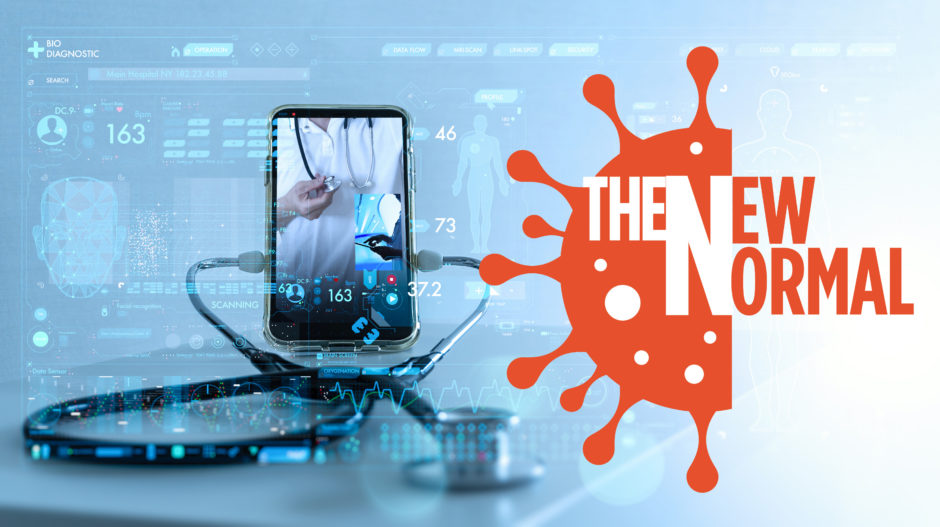
Briggs uses the example of a patient with type 1 diabetes to demonstrate how advances in technology will make it possible to better manage their own condition. “The current generation of insulin pumps work well for people who have good maths and good diets; those who have the time to sit down to do calculations and are confident,” Briggs believes. “But if you don’t have the maths or the diet then they don’t work for you, so what you have is a form of exclusion.
“The next generation of insulin pumps will be more like the step counters on your phone app. They will work everything out and alter your insulin for you. You will just plug them in and not have to worry about them. These insulin pumps will send information directly to your medical team, who will only get in touch if they identify a problem.
“The job of the consultant shouldn’t be to see the same 50 people every week, and say: ‘What did you eat this week? What was your measurement on Tuesday morning? You aren’t sure? Well, give me your pump and let’s have a look at it’,” Briggs adds.“What the consultant ought to do – and wants to do – is to build the relationship with the patient so they can phone up when there’s a problem and say: ‘Remember we talked about eating muffins and how that wasn’t a good idea – well I can see you had a lot of muffins and you felt dreadful on Tuesday.’ That’s what you need the human input for. The rest of it should be automated as much as possible.”
Briggs says, with an orthopaedic procedure, a patient might not see a consultant until just before their operation. “They might have a couple of scans, a pre-operative assessment report done by phone and not see the surgeon in person until just before the operation. With some specialities it might be that you come to the clinic with a bag ready to have a procedure there and then because GPs are so good at spotting what needs to be done.”
The concept of tele-medicine isn’t new. When Briggs first came to Lothian in 2007, there were already trials in which moles and skin lesions were being examined remotely using photographs.
But the NHS has been slow to embrace the shift, mainly due to financial and cultural reasons.
The initial outlay would be huge (though it would pay off by increasing efficiency over time). For the service to be inclusive, it would also require everyone to have access to broadband and a smartphone or laptop. As a consequence, Briggs is the second expert in this Sunday Post series to echo Jeremy Corbyn’s call for free universal internet access. “If I had £500 million a year, I wouldn’t invest it in more buildings, I would focus on building a superfast internet service,” he says.
Another challenge would be to persuade patients wedded to face-to-face contact to see tele-medicine as an improvement. This might be more difficult with the older generation than with those who have grown up with the internet. For younger people the thought of taking time off work/childcare to attend a GP/hospital appointment is already off-putting and so a modernised approach might be more effective.
But Briggs points out close doctor-patient relationships are no longer the norm in the current system. The demand on most surgeries is such that it can be difficult to see the same GP each time you attend, and appointments tend to be limited to 10 minutes.
In fact, tele-medicine would improve ease of access and consistency of care. It would likely reduce the number of cancelled and missed appointments (as they can be carried out more flexibly) – a saving of money and resources.
Though elderly patients may be resistant, they have much to gain. This shift in thinking – together with technological and design advances – should give them more control over their lives, allowing them to stay in their own homes for longer.
Briggs points to low-tech appliances such as pendants, used to summon help in the event of a fall, and collaborations with housing associations like Blackwood as the way forward. Blackwood designs bespoke homes for those with disabilities, creating rooms where everything is positioned at the right level for wheelchair users.
At the other end of the technology scale are robots which assist surgeons with complex procedures for major cancers. “These aren’t robots like in Star Wars and the like, although they were first described to me as looking a bit like a Playstation,” Briggs adds.
“These are pieces of kit which make surgery easier and safer when they are in the hands of people who are already highly-trained and highly-skilled. They make some of the hard parts just a bit more doable and less time-consuming and stressful, and so not only give patients better outcomes, but might extend careers by making the work less physically-draining.
“Keeping experienced surgeons in the service doing their work for longer is increasingly important for us when there’s more demand and fewer people to meet that demand. We worked with the Scottish government to buy eight of these systems last year across Scotland, with more on the way, having had five across the country until that point. So we’re now at the level of the rest of Europe in terms of provision.”
Briggs believes tele-medicine is the future for multiple reasons. “The challenge is making sure it is applied consistently. You don’t want people in different health board areas having different experiences because it might put doubt in people’s minds as to whether they are getting the best service,” he believes.
“You want the tech to be bought and installed at scale so the general public will accept that’s just how Scotland does things and help make it a reality. These are all huge and necessary changes and won’t work unless everyone involved in care – the doctor, the family, the patient – are bought in. We accept this way of organising the rest of our lives now, so let’s see if we can improve our health and care in the same way.”

Enjoy the convenience of having The Sunday Post delivered as a digital ePaper straight to your smartphone, tablet or computer.
Subscribe for only £5.49 a month and enjoy all the benefits of the printed paper as a digital replica.
Subscribe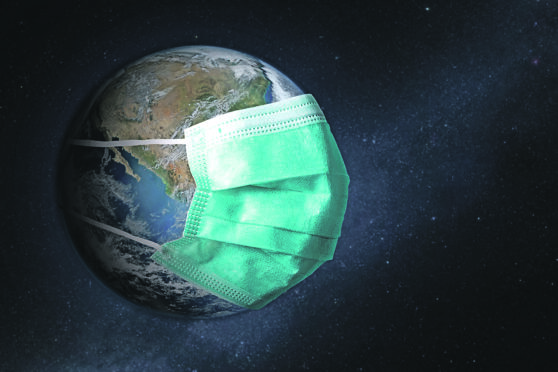
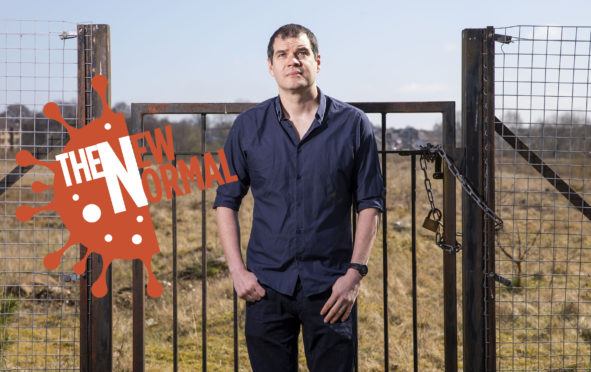
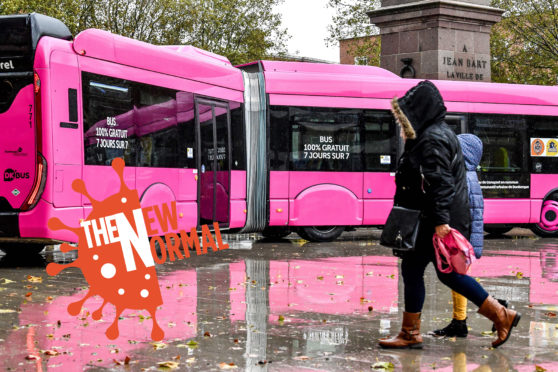
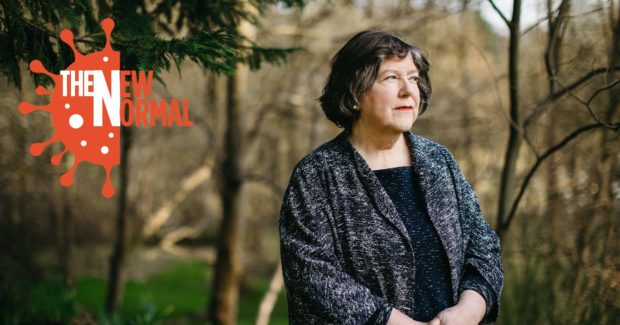
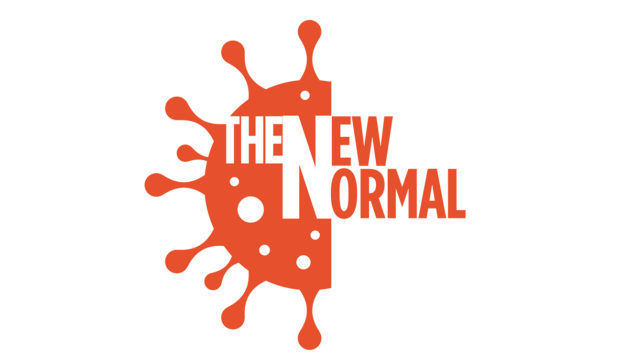
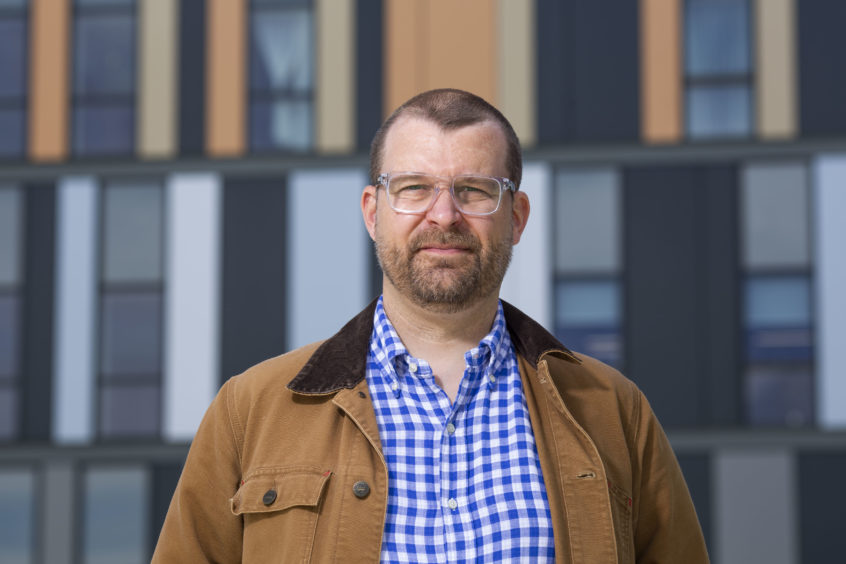 © Jamie Williamson
© Jamie Williamson